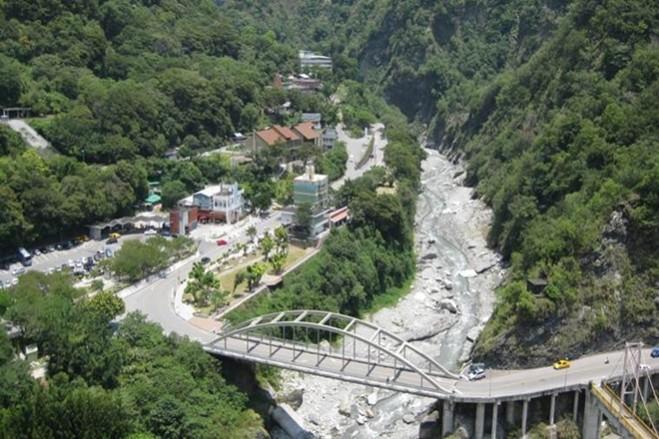
Even though Indian prime minister Narendra Modi and Chinese president Xi Jinping may have recently met and discussed the two nations' ties and pledged to build healthy relations, things at the border have a different story to tell. China has reportedly begun large-scale mining operations near its border with Arunachal Pradesh and precious metals like gold, silver and other minerals worth about $60 billion have been found.
The operations are being undertaken in the Lhunze county, which is adjacent to the India border. This is said to be a way for China to reclaim south Tibet and as per Beijing, the northeast Indian state of Arunachal is also a part of southern Tibet, reported the South China Morning Post.
"China's moves to lay claim to the region's natural resources while rapidly building up infrastructure could turn it into 'another South China Sea'" the daily quoted people familiar with the matter as saying.
While the mining and mineral haul might be quite a boost to the East Asian nation, it may irk the Indian side as a part of the area falls in the Indian territory. The area is said to be rich in precious metals and minerals and was forcefully taken away from India about 60 years ago.
Since then, the Lhunze county has been a People's Liberation Army stronghold and has seen several developmental activities. The area, once considered remote and inhabitable, now is home to over 30,000 people, most of who are Tibetan herders, according to SCMP.
These herders have reportedly settled in the area almost overnight and there are no government records of where they came from and in what number. Once remote, the area is now bustling with construction activities. After the county got many electricity and communications lines in the last few years, it will soon also get an airport, currently under construction.
Meanwhile, this is now the first time that China has flexed its muscle at the Arunachal Pradesh border. Late last year, Chinese soldiers are said to have crossed about 200 meters into the Indian Territory and had to be stopped by Indian troops.

The incursion was witnessed by the locals in the region and they also revealed that the Chinese troops had brought along material for road construction. The PLA soldiers retreated after interference from the Indian troops and left the materials behind.
The incursion came months after the 73-day Doklam standoff at the India-China border in Nathu La, Sikkim. Indian security sources told the Times of India that while the standoff might have been sorted out peacefully, the "almost permanent stationing of People's Liberation Army (PLA) troops in the region," came with it.
![Chinese soldiers guard the Nathu La mountain pass, between Tibet and the Indian state of Sikkim. [Representational Image] Nathu La](https://data1.ibtimes.co.in/en/full/652898/nathu-la.jpg?h=450&l=50&t=40)
"Earlier, PLA patrols would come to Doklam, which is disputed between China and Bhutan, between April-May and October-November every year to mark their presence and lay claim to the area before going back," the source told TOI.
"Now, after the 73-day eyeball-to-eyeball troop confrontation at Doklam between India and China ended on August 28, the PLA troops have stayed put in what we consider to be Bhutanese territory for the first time this winter."








